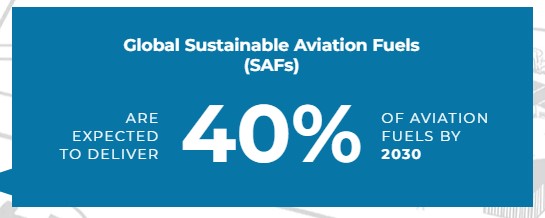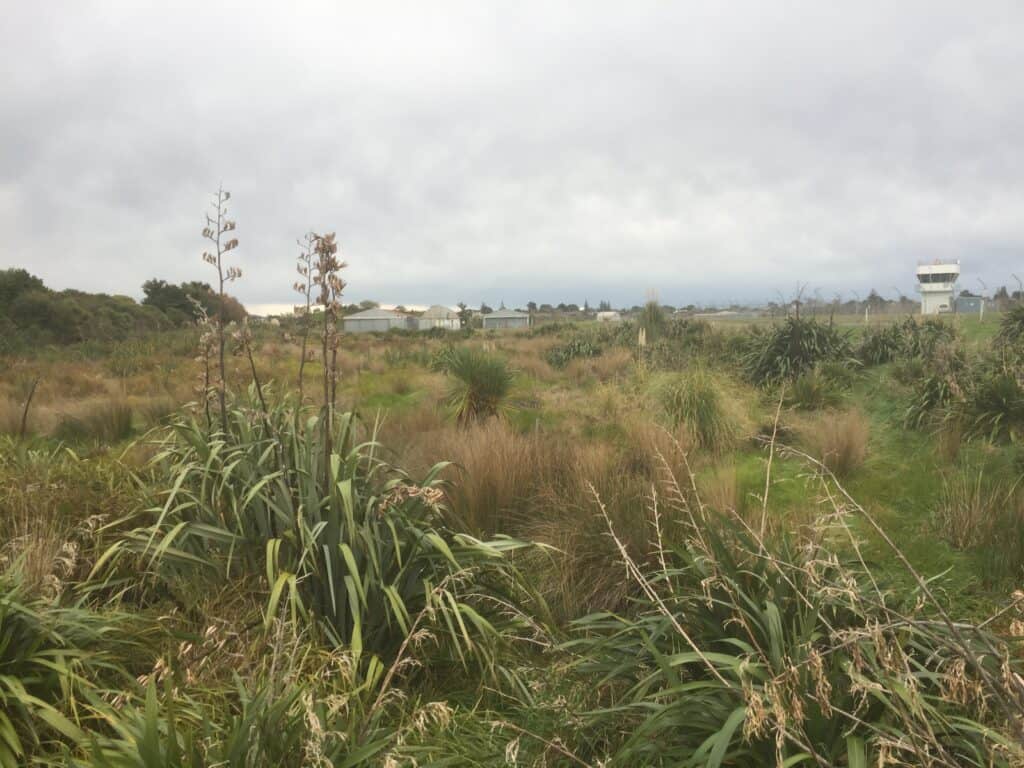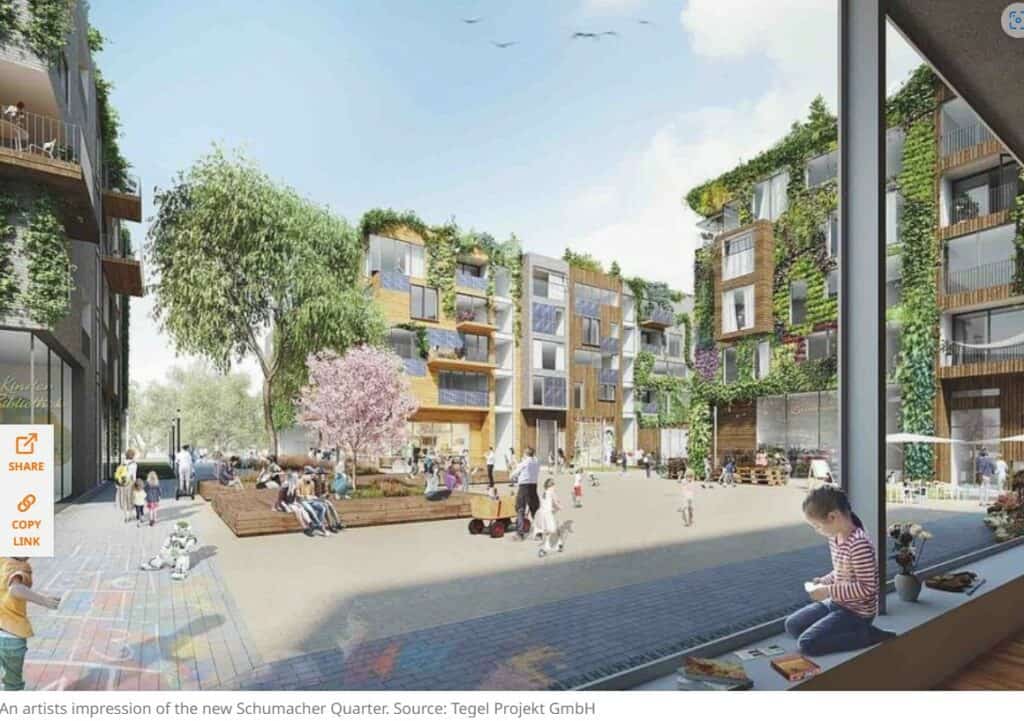By Paul Callister, 19 August 2022

After years of Kāpiti ratepayers subsidising just a few passengers per day to fly out of Kāpiti airport, its closure in its current form gets closer. So what are the alternatives?
There are those still lobbying to keep the airport open. The key group is the Kāpiti Aeroclub. They are users of the airport but do not own the land. Their vision, set out on a website, is for housing, ‘zero emission’ flights and an innovation hub.
“Kāpiti airfield presents an opportunity for our district to become a National leader in carbon emission reduction through the utilisation of E-commuter aircraft.
The development of this technology and establishing an E-commuter hub will present significant business and education opportunities for our community.”
Their proposal is for 2,000 houses to be built amongst wetlands and open spaces but for a runway to remain open.
Electric planes do exist and in fact one has flown from Kāpiti airport. But a transition to regular use of such planes for regional flights still seems many years away. In addition, both Wellington and Palmerston North airports will also wish to be hubs for electric planes so would continue to compete for passengers. Based on recent experiences, through cheaper fares and greater airline choice these airports would attract more flyers.
And some of the ideas promoted on the website are purely in the fantasy realm. An example is that 40% of aviation fuel will be Sustainable Aviation Fuel by 2030. There is no realistic backing for this claim.

While the current owners of the airport, the Templeton Group, have not released any detailed plans for their housing development it does not include an airport. In public presentations they have talked about 3,000 houses with about 9,000 people living on the site. This is about 1/3 of the population growth forecast by Kāpiti Coast District Council (KCDC) in various planning documents. Although, surprisingly, no KCDC planning documents actually mention possible housing on the airport land.
Again, via public presentations, Templeton emphasise retaining and restoring wetlands (with birds able to return with the airport closed), having much open space, and with both cycle and walking access throughout the whole development. There is talk of building a hotel, medical centre, school, a covered farmers market and an emergency heliport.
Elsewhere I have argued why the uneconomic airport needs to close (and here is the view of Low Carbon Kāpiti). The main argument is related to two crises facing New Zealand. These are the housing and climate crises.
To reduce our emissions, we need:
- Well insulated easy to heat affordable housing – and lots of it.
- Housing intensification. New housing should be within easy walking and cycling distance of shopping centres, medical facilities, swimming pools and libraries, schools and main transport hubs, especially railway stations. The airport land fits these criteria. Greater Wellington Regional Council support intensificaton and want to stop car dependent suburbs being built on the edges of towns and cities in our region. KCDC is also currently consulting on its intensification plans
- Not build on peat land and not on prime agricultural land. The airport land is neither of these (a future blog will explore the issue of flooding).
- To reduce air travel and domestically switch more travel to trains. Closing an airport supports this goal.
A new advocacy group has been started by Wellington-based urbanists Oliver Bruce and Isabella Cawthorn. The Quarter-hour Paradise group talking about the benefits of life in a fifteen-minute urban area. Or as they call it, a quarter-hour paradise. This is what the airport site could be like.
Quarter-hour paradise [idiom; New Zealand:]
a vibrant urban community where residents have everything they need within a 15-minute walk, scoot or bike from their warm, affordable home.
When the airport closes a number of important steps will take place. First, given the land was acquired under the Public Works Act, the land needs to be offered to the previous owners. Second, given the size of the project, the public need to be consulted. A number of issues are likely to be raised. These include how high dwellings might be, how much green space there will be, how much additional traffic will be created. Hopefully other issues will be explored, including whether part of the site could be used as a tiny house village (a future blog) and whether Papakāinga Housing can be built. In addition, some new New Zealand developments now restrict the number of car parks, including setting up shared electric car arrangements.
Building houses on a closed airport is not unique to New Zealand. We could learn from a housing development on a former Berlin airport site.
The aim is to house 10,000 people in this Berlin development. This would include some student housing. It is aimed to be a low emissions development with wooden buildings, being car free with good walking and biking facilities, having plenty of open space but also having on site shopping and other facilities to support a 15 minute suburb.
In the lead up to the local body elections, Low Carbon Kāpiti would like to know the stance of those standing for council in terms of the future of the airport.


